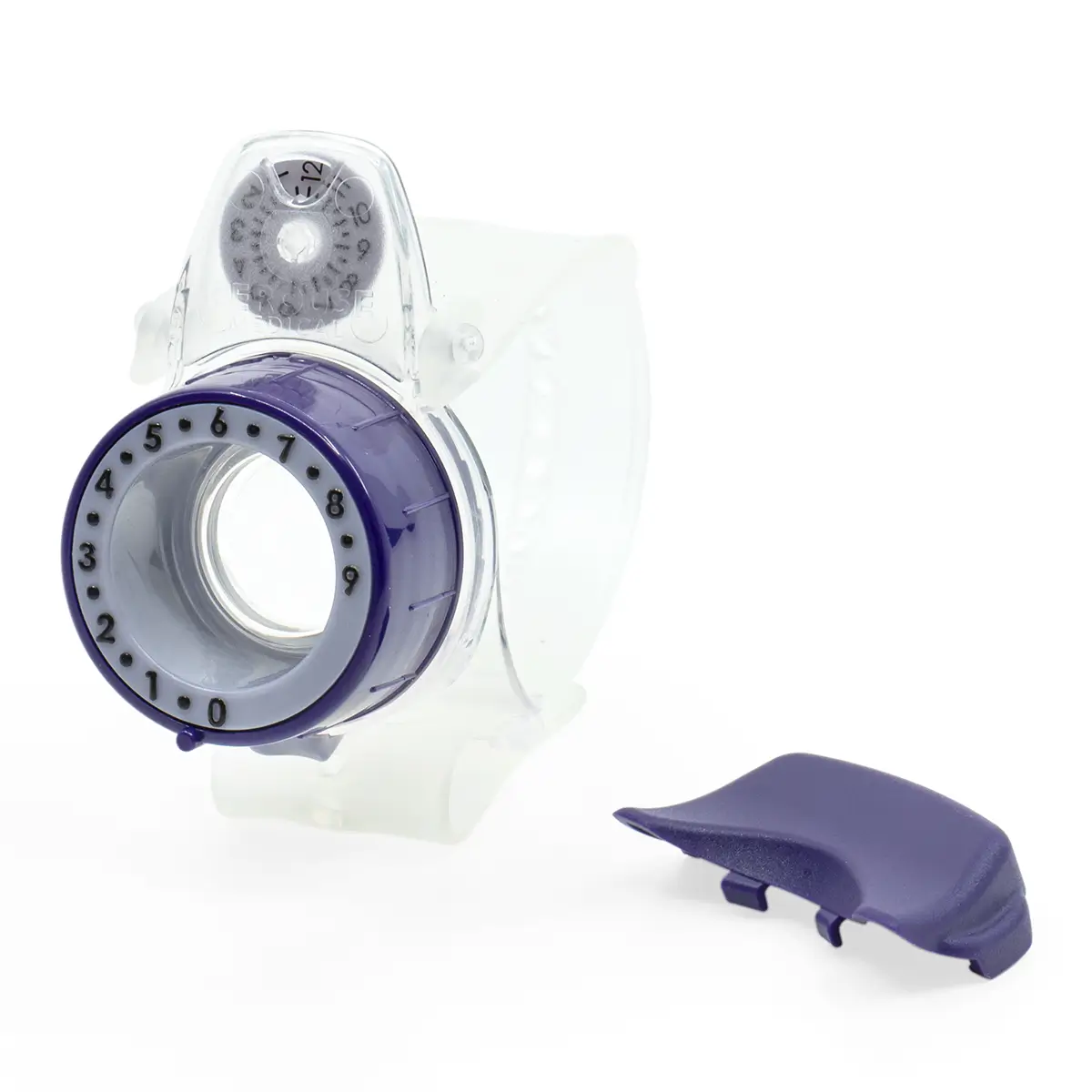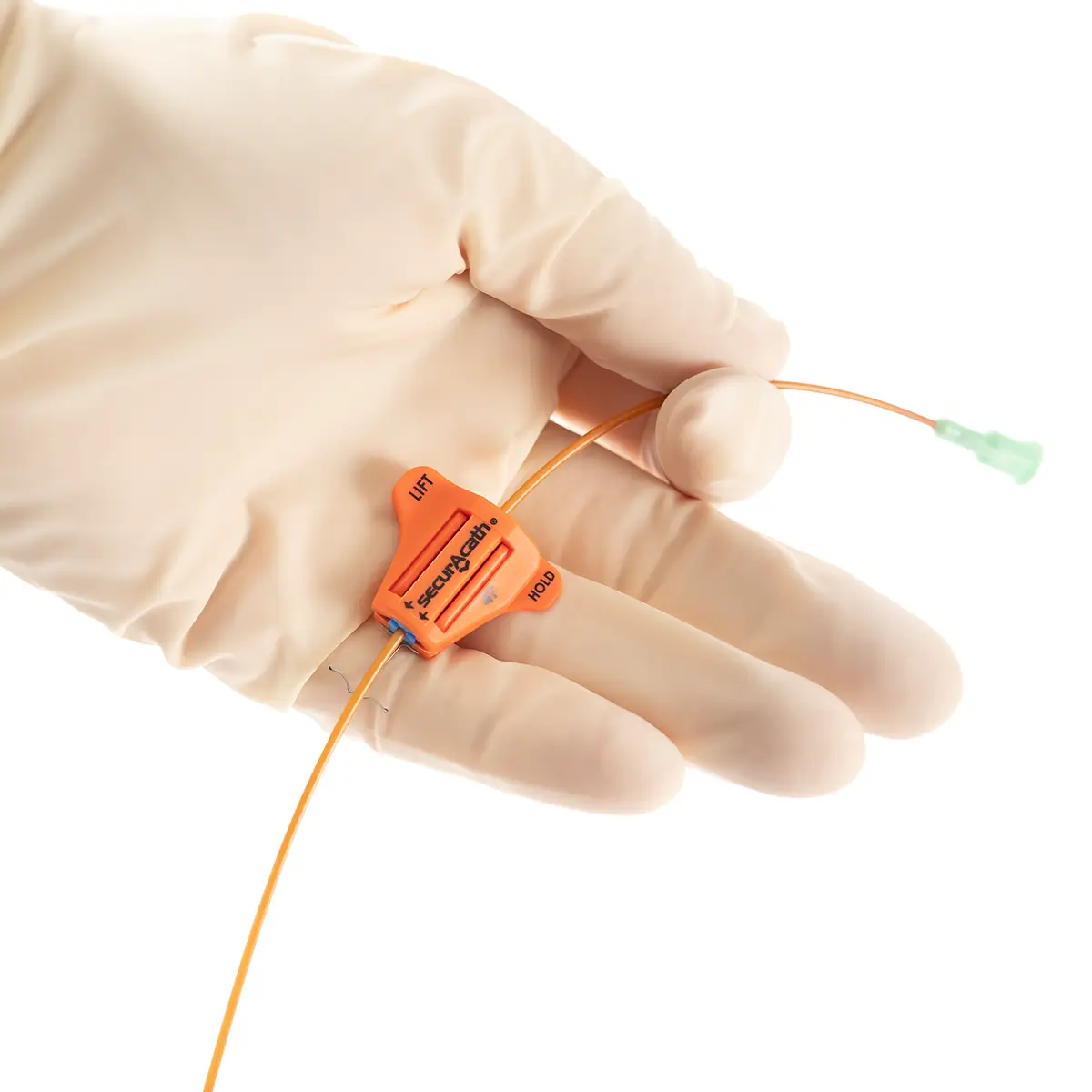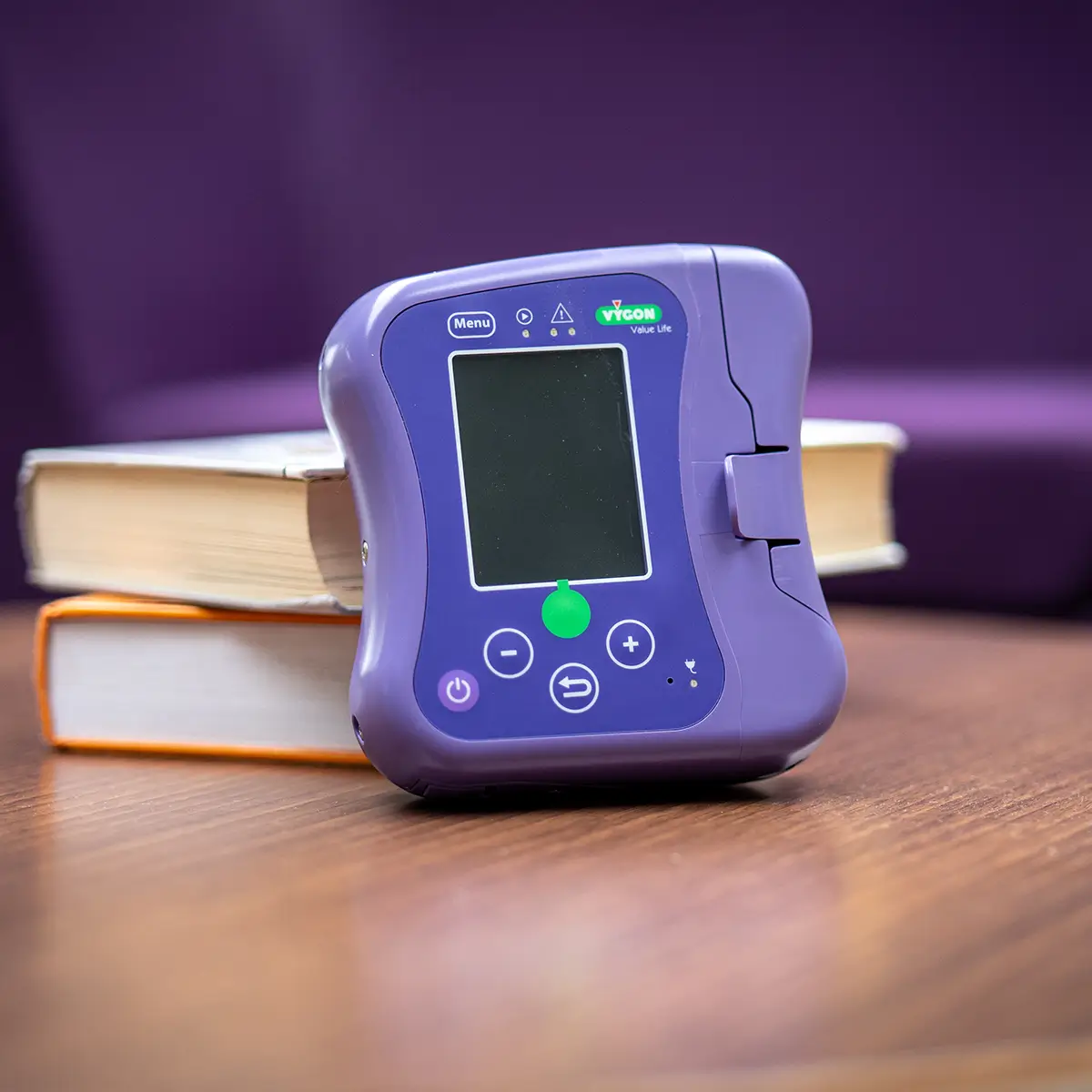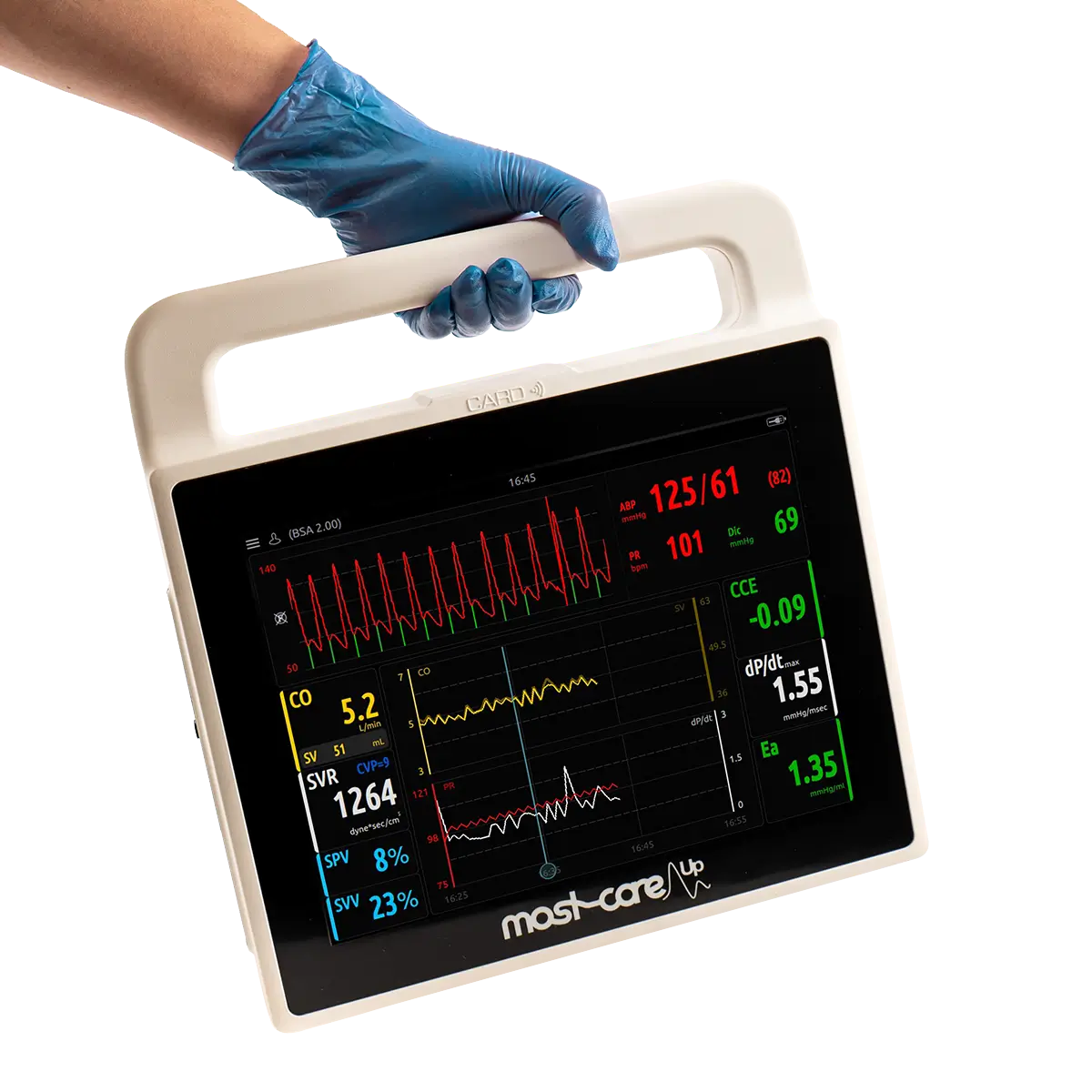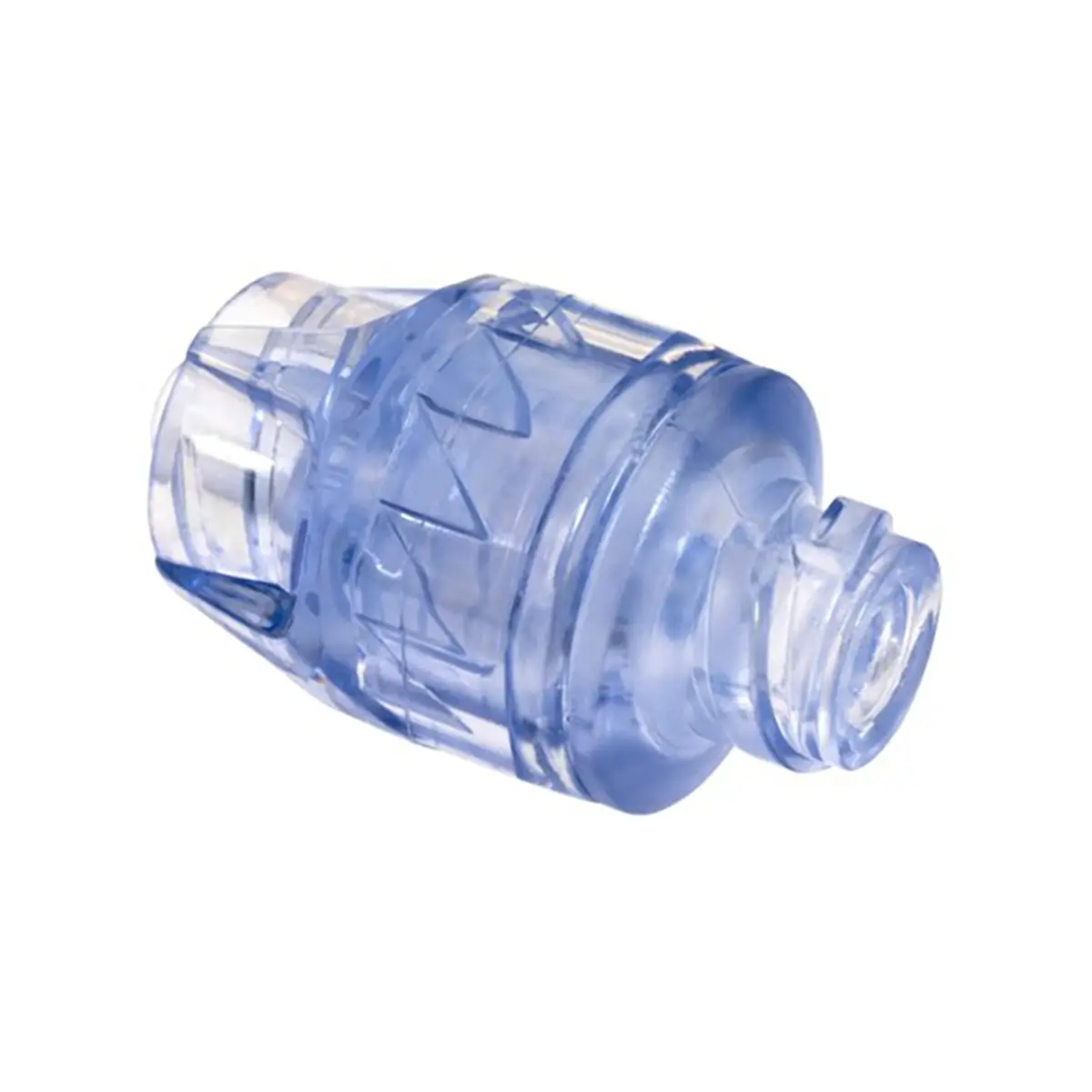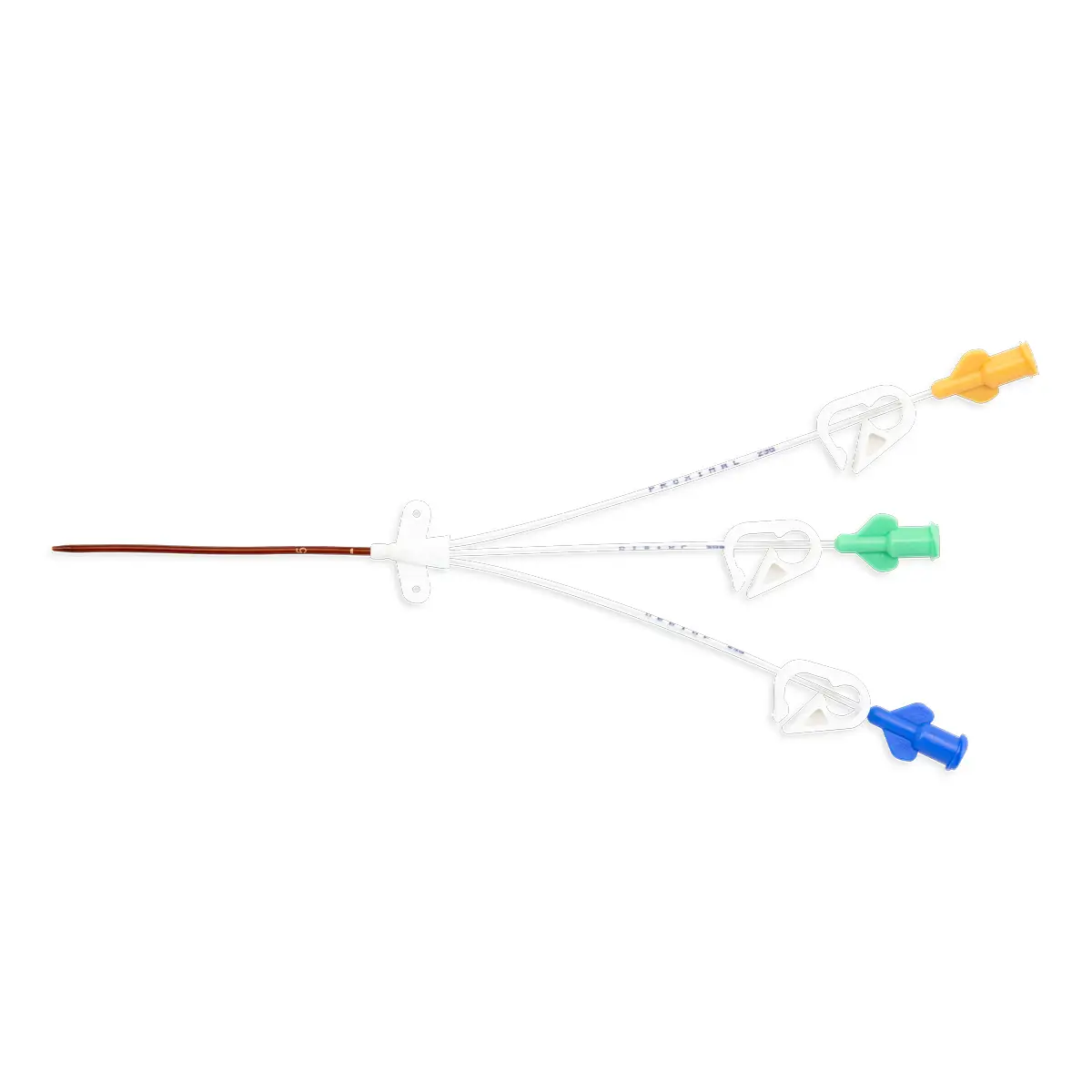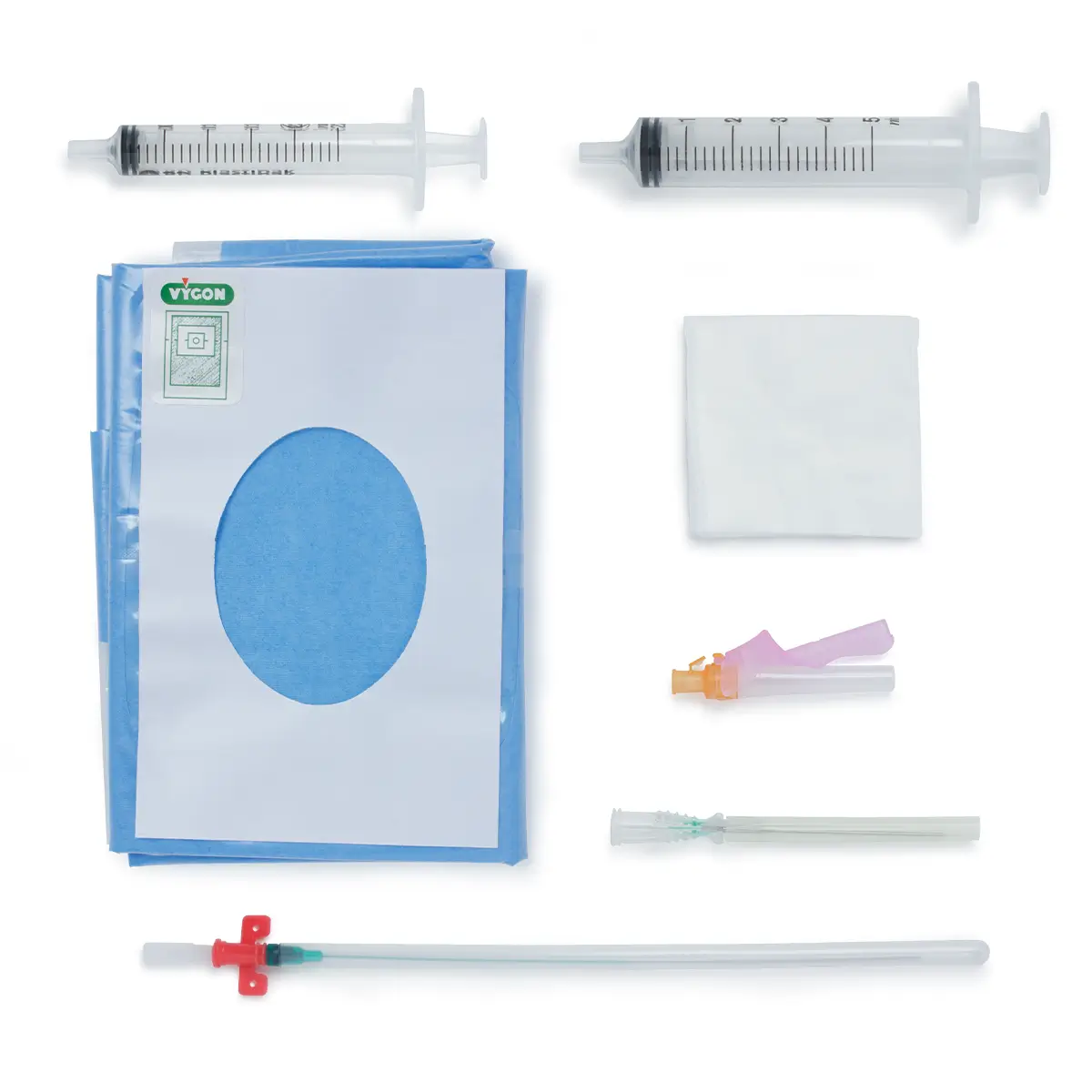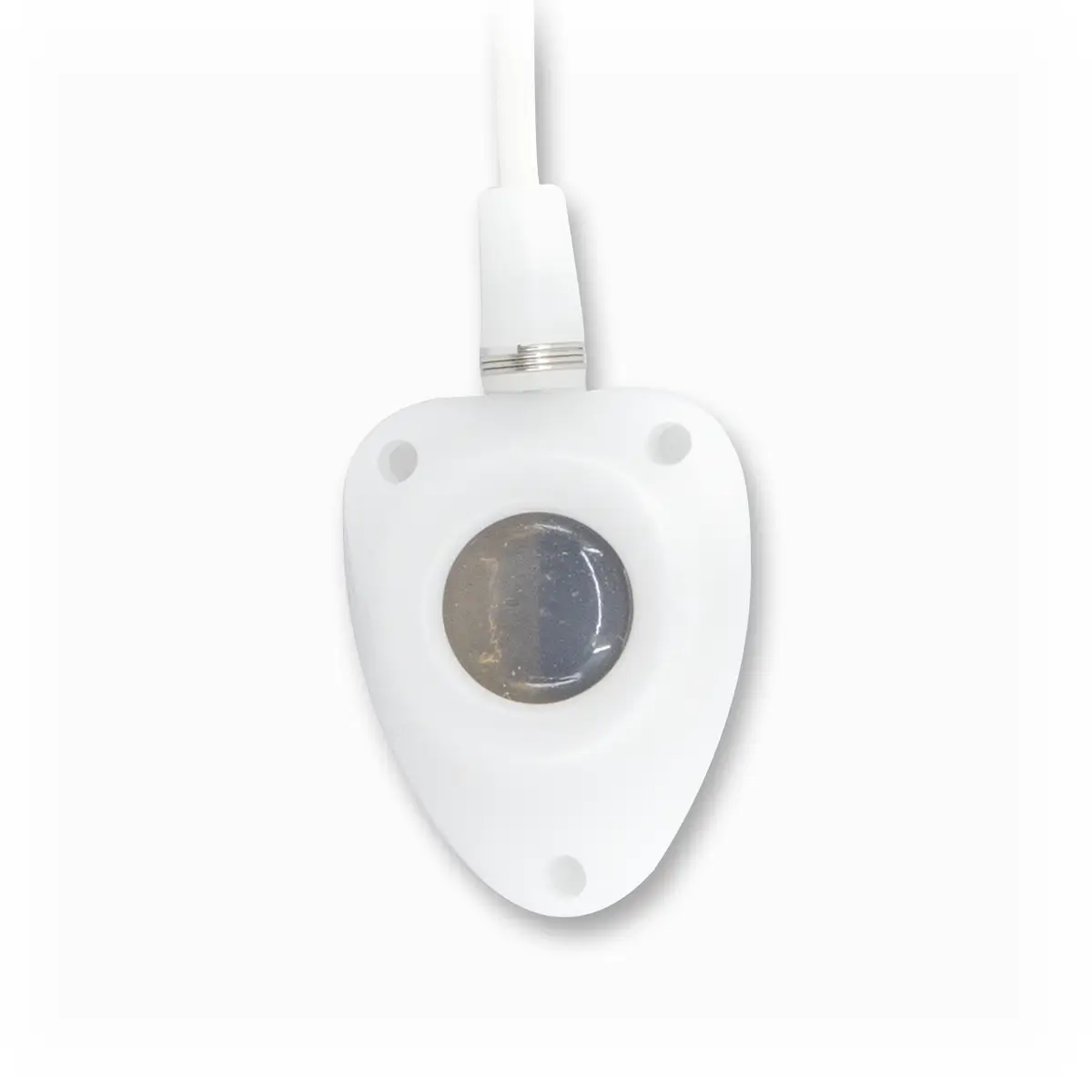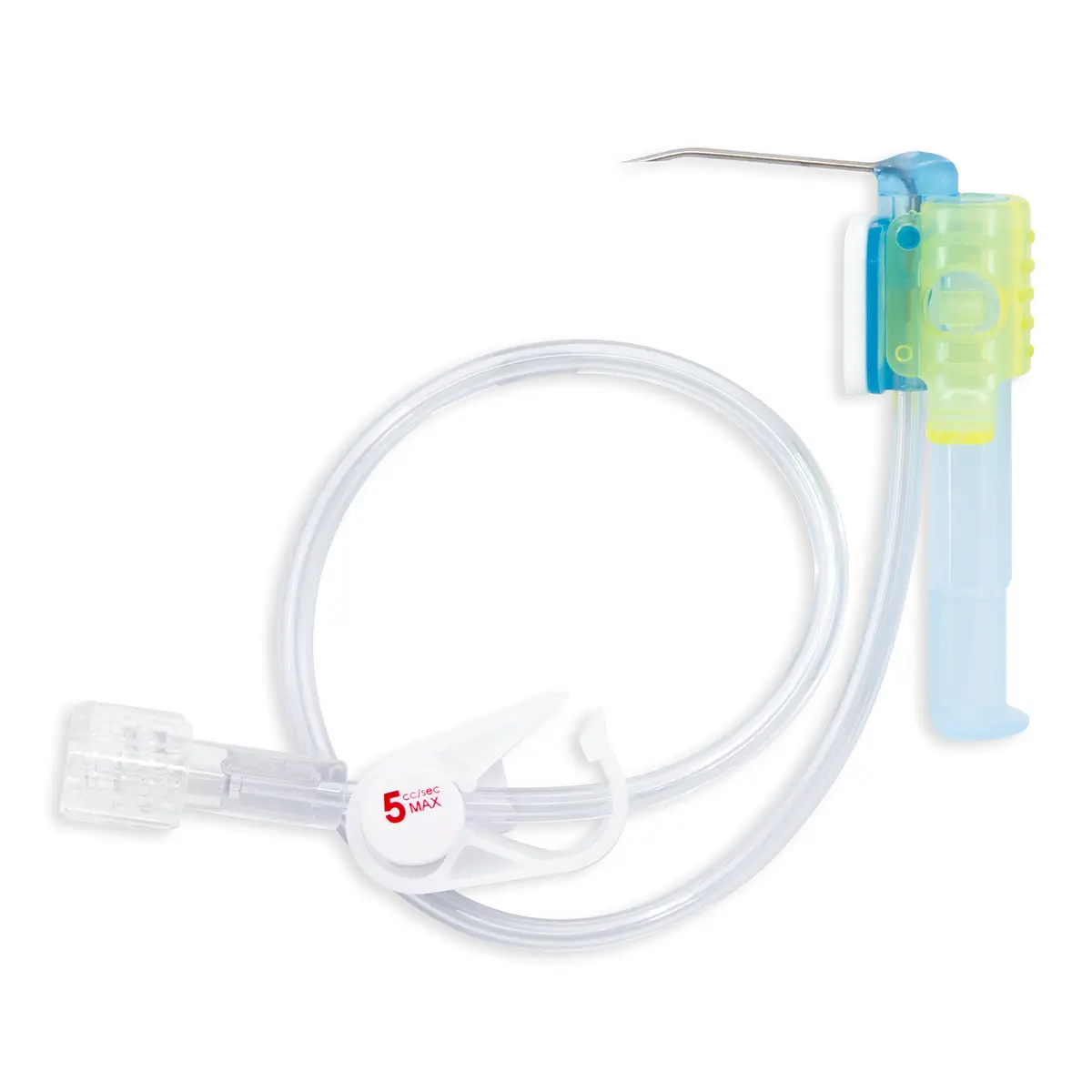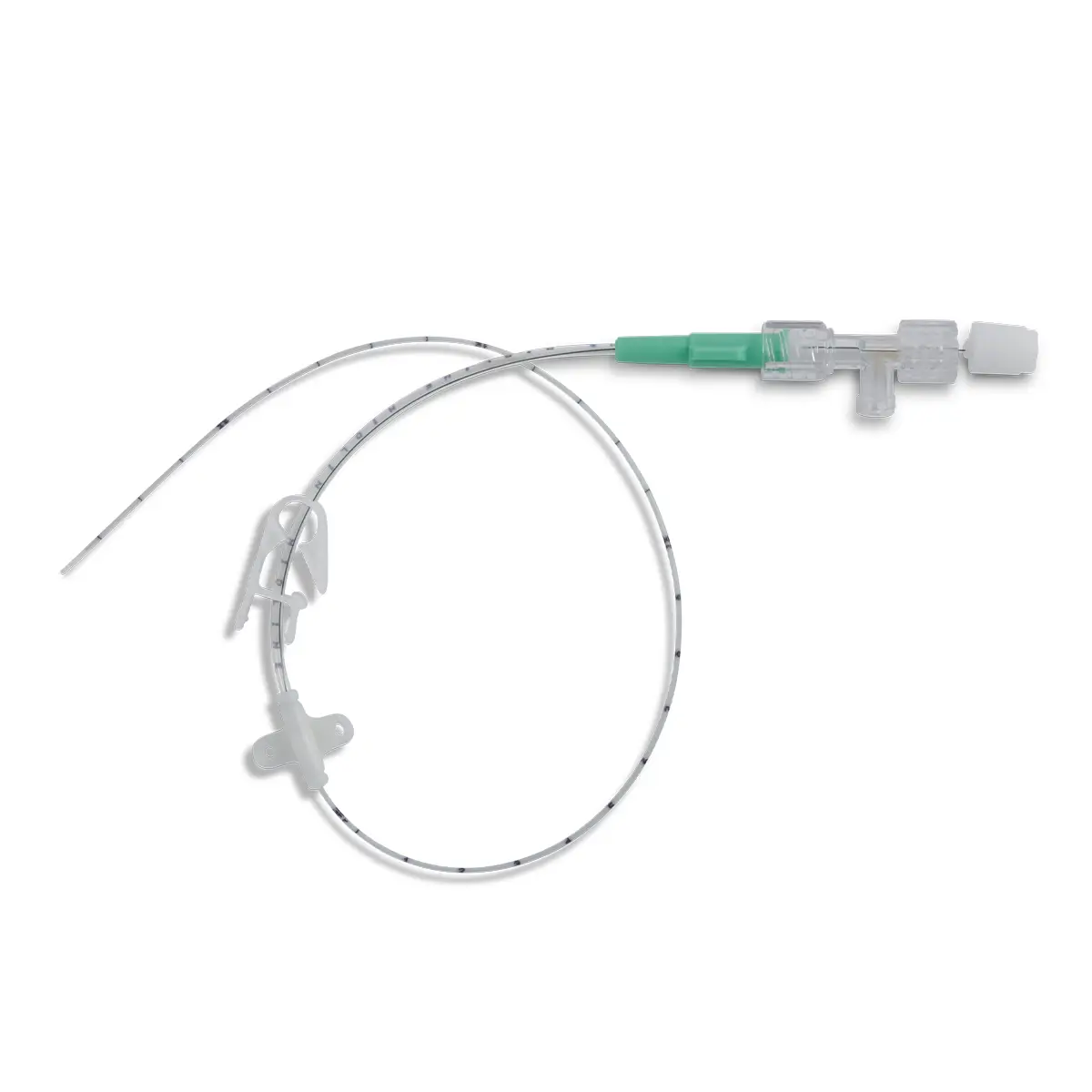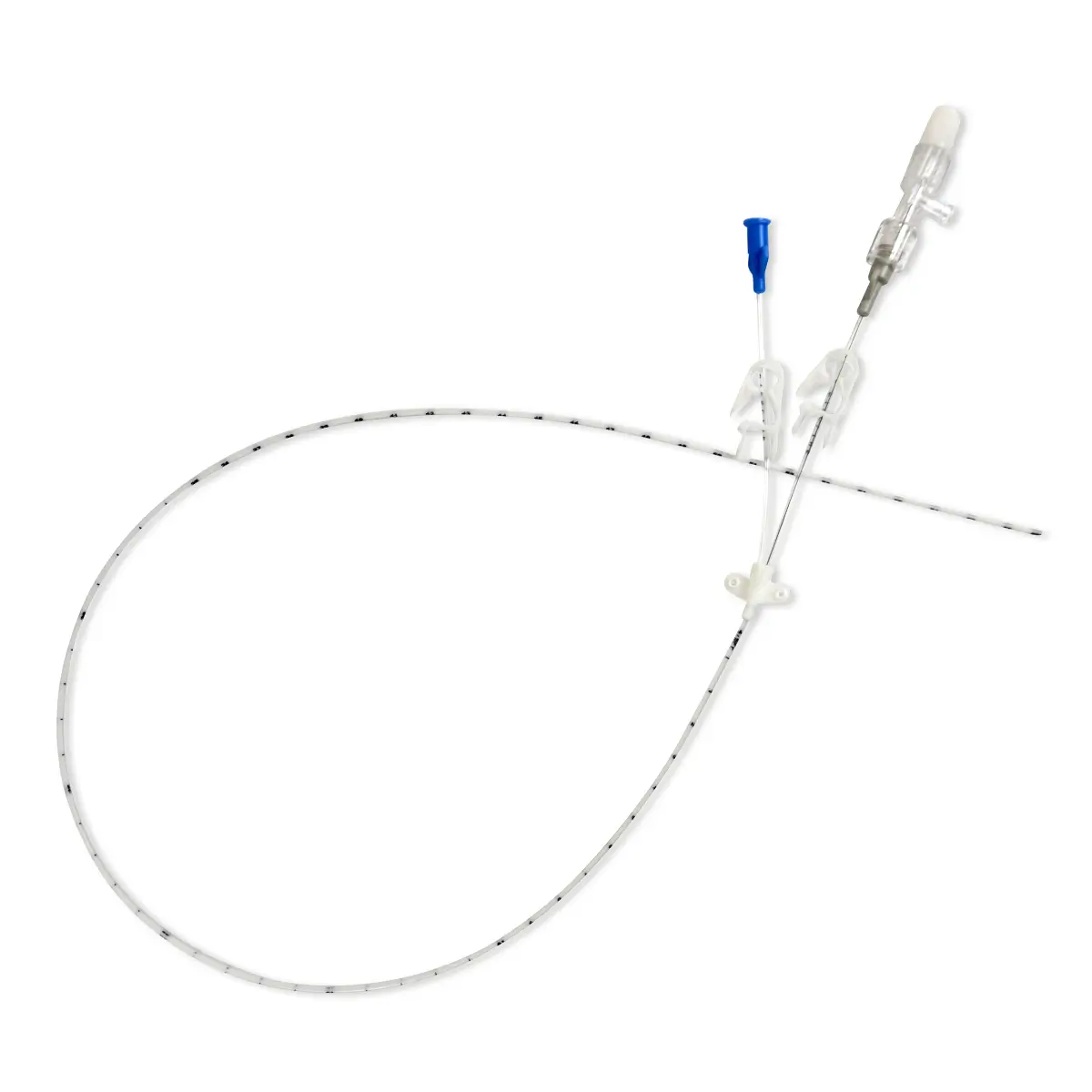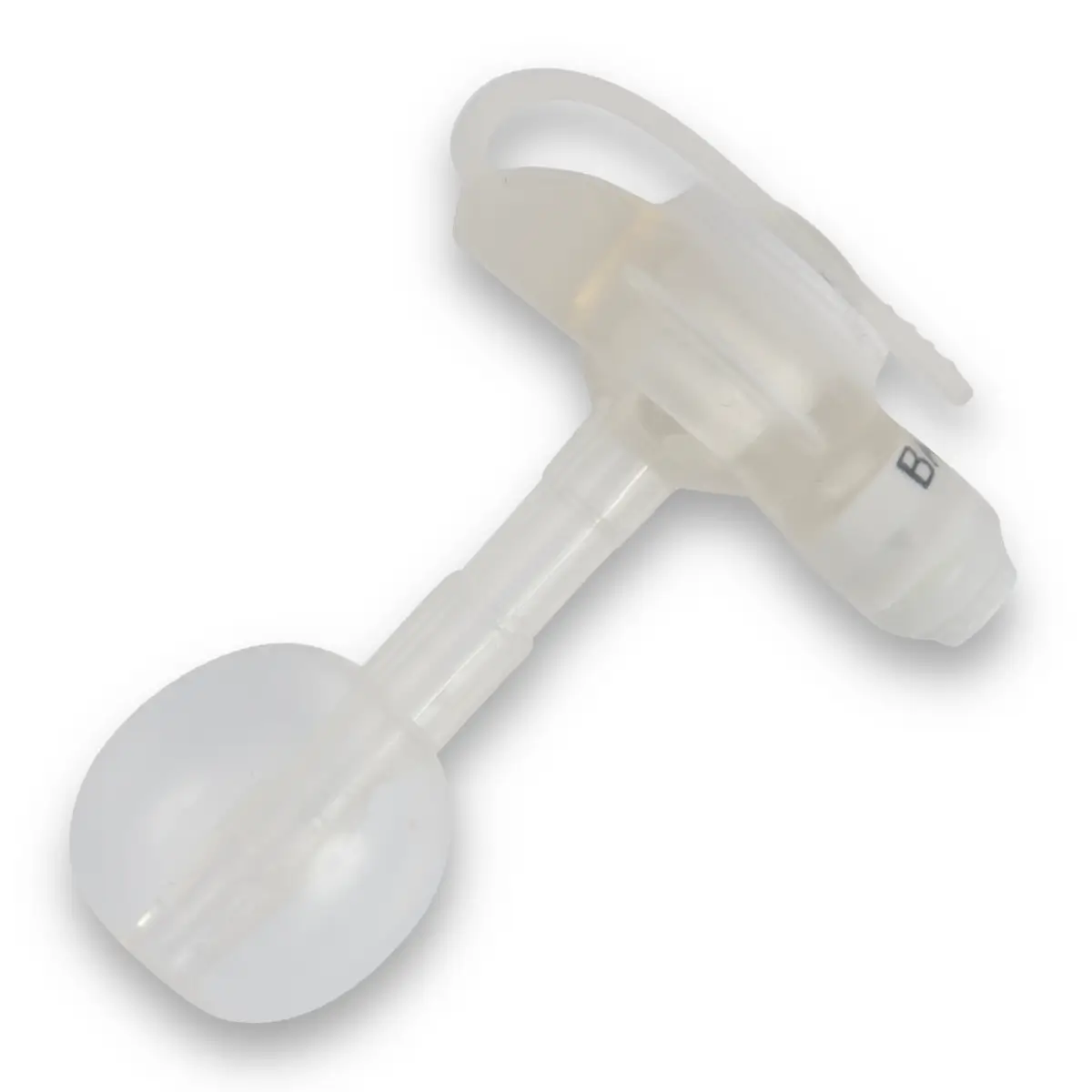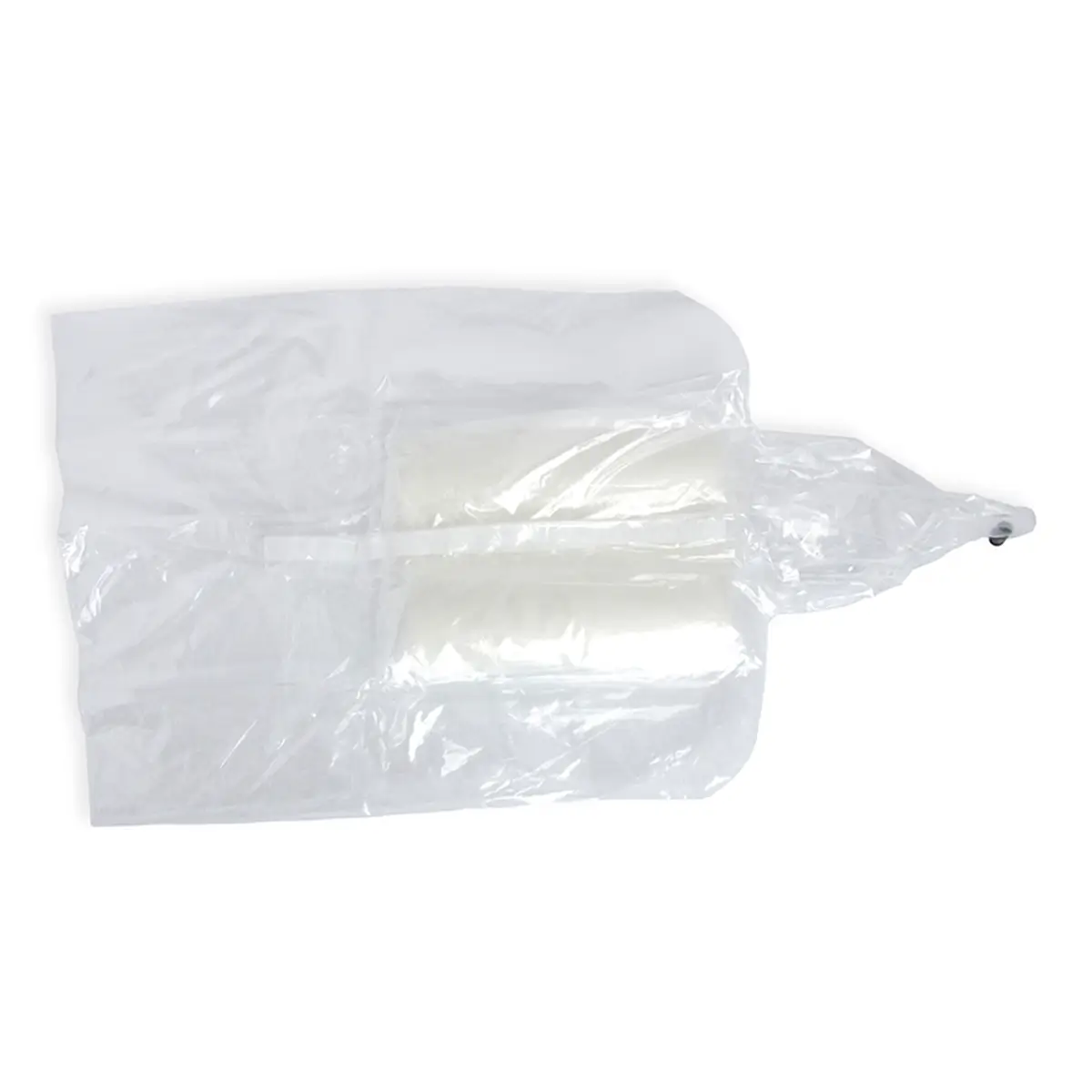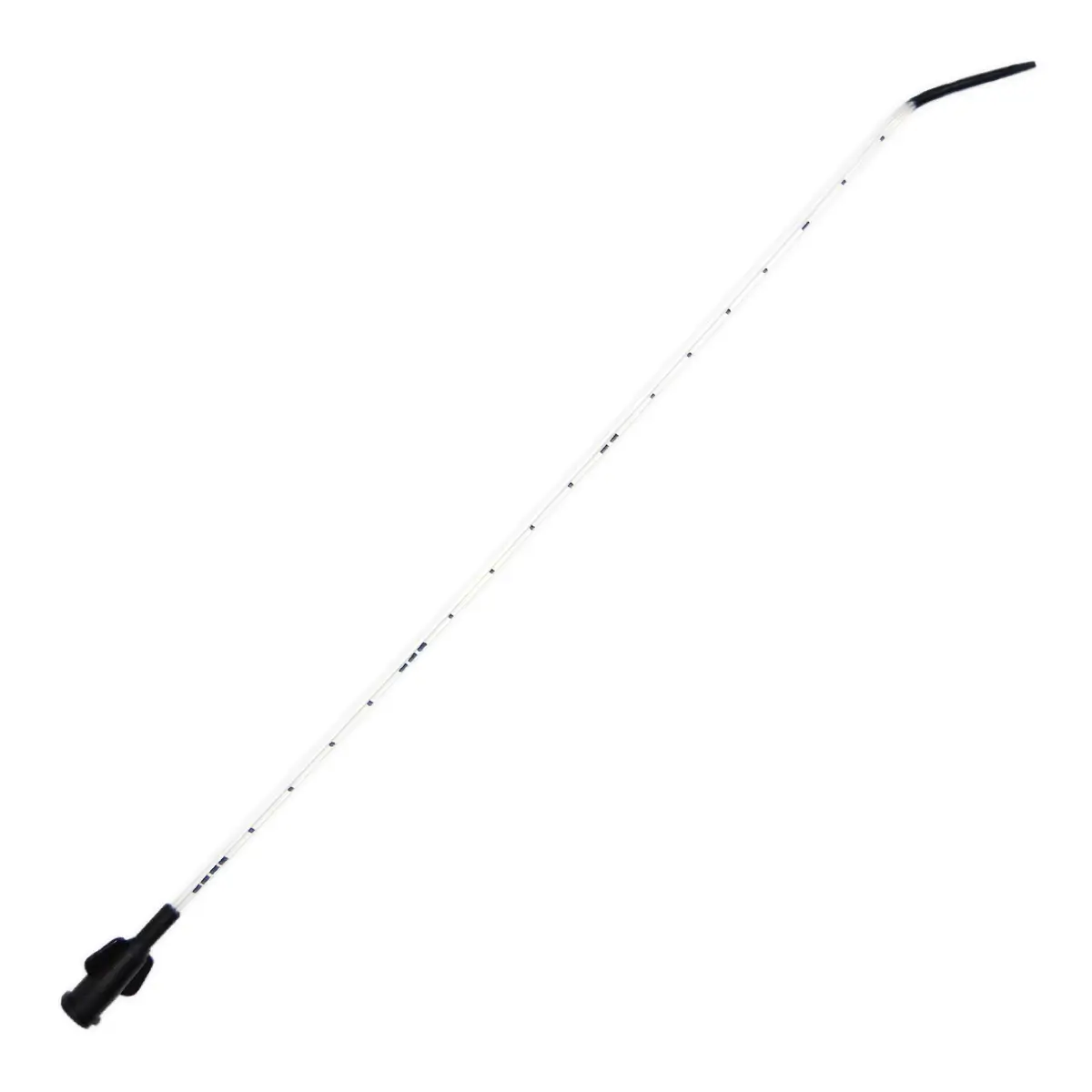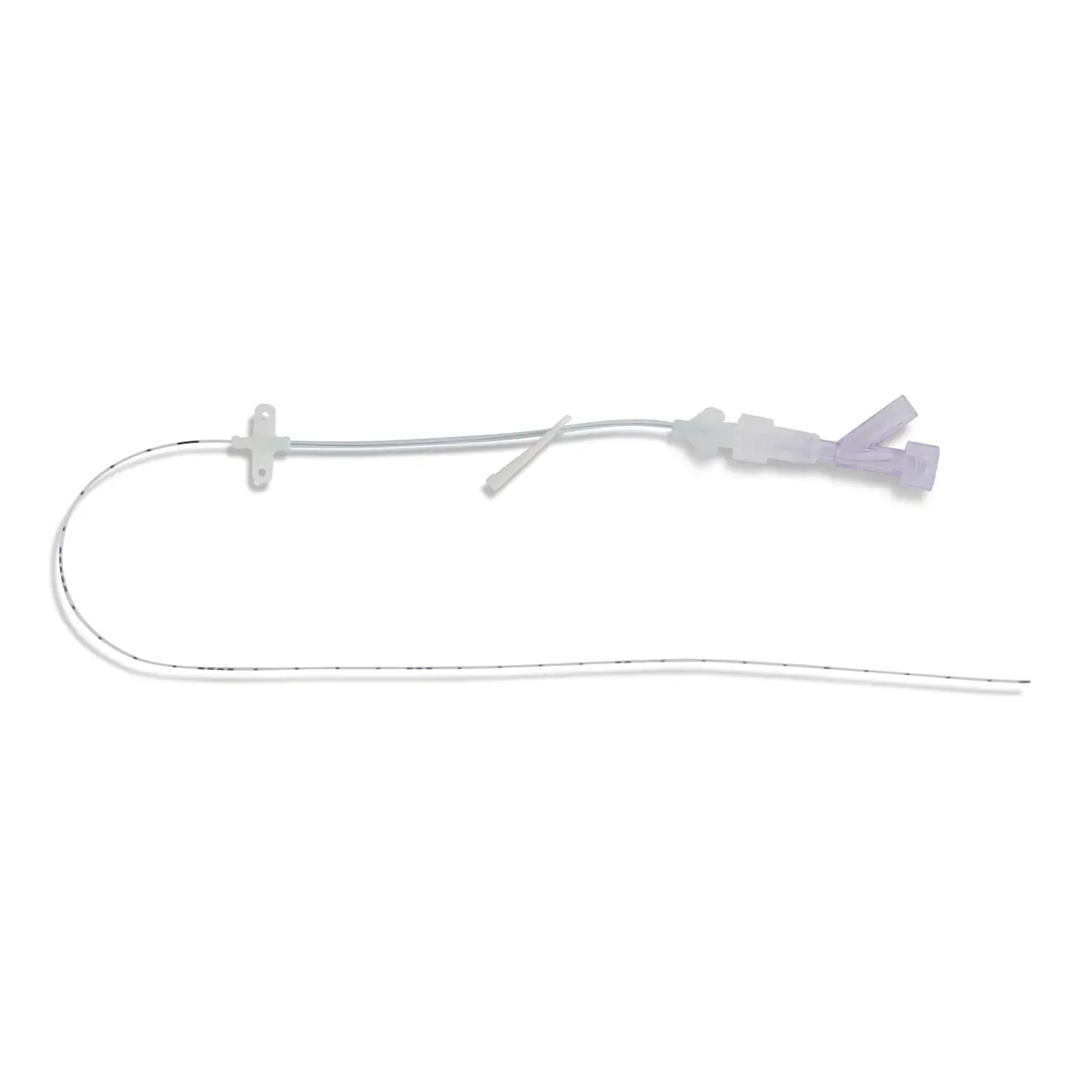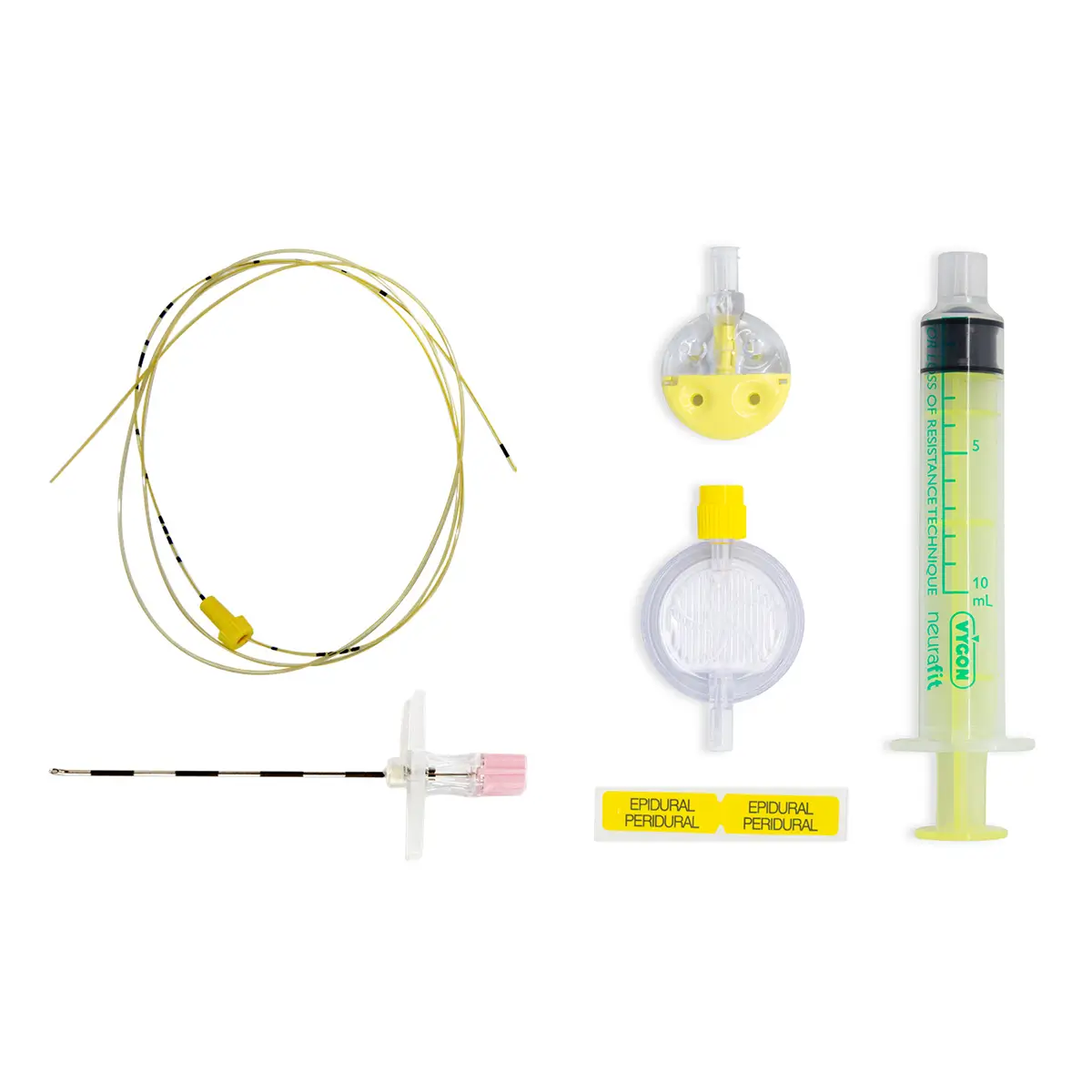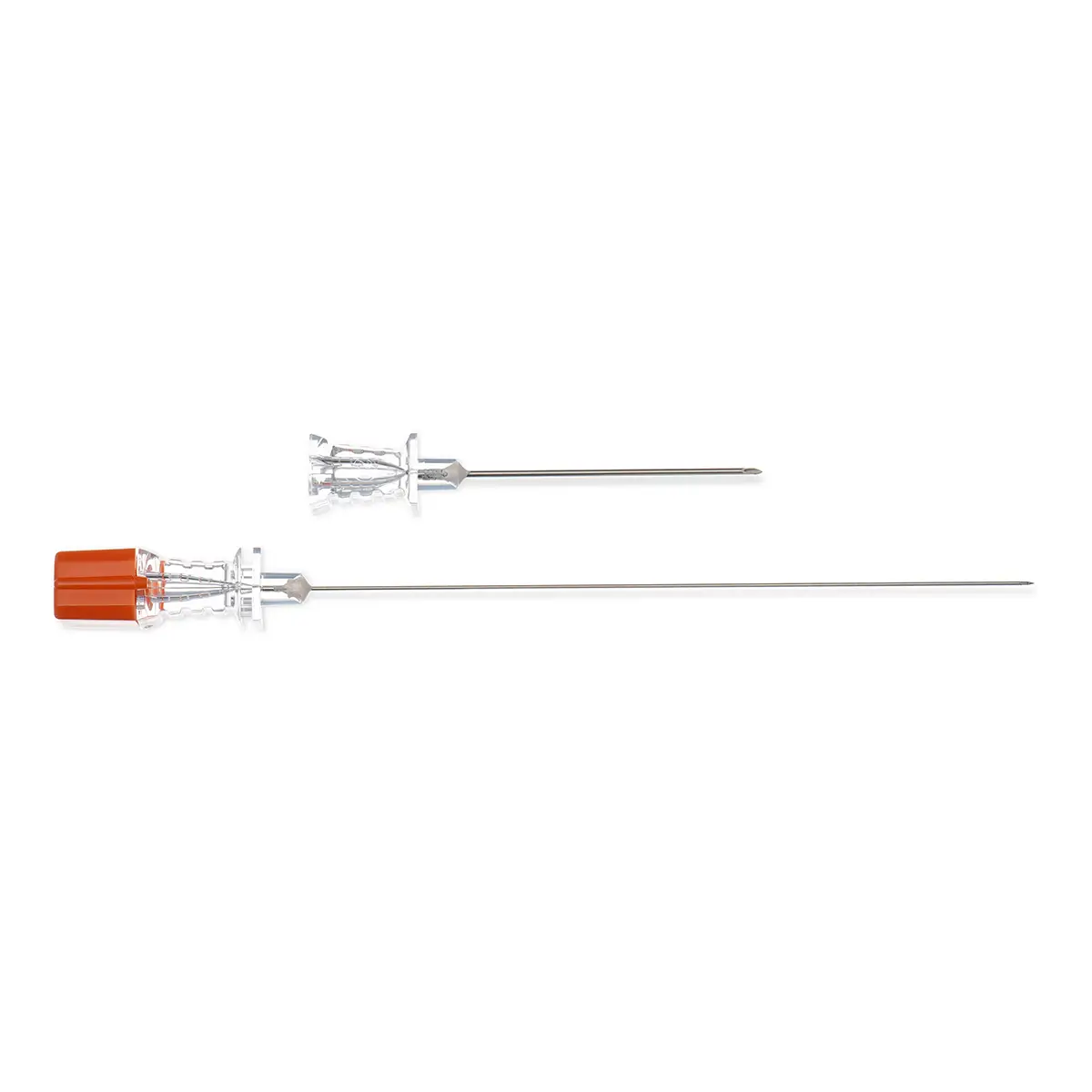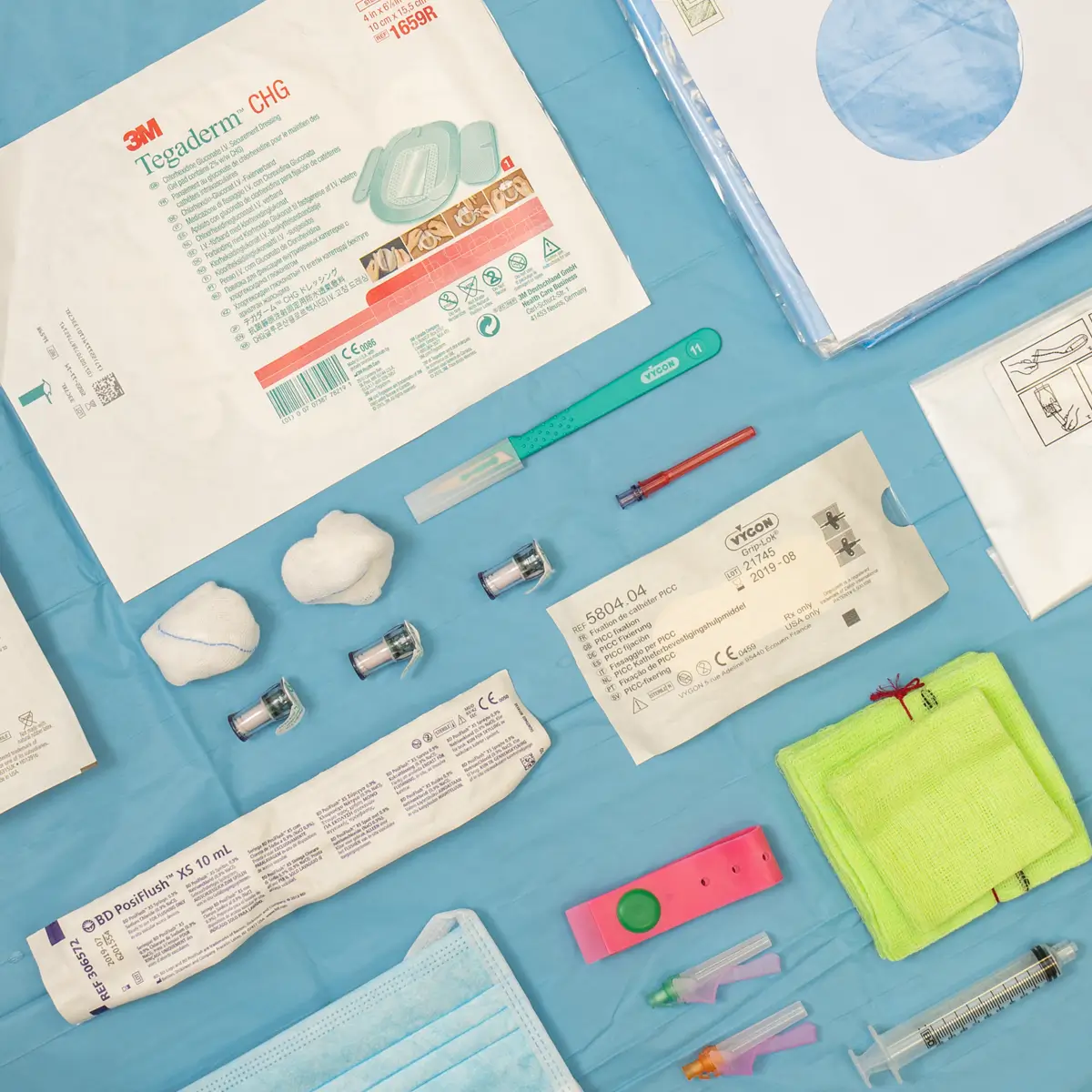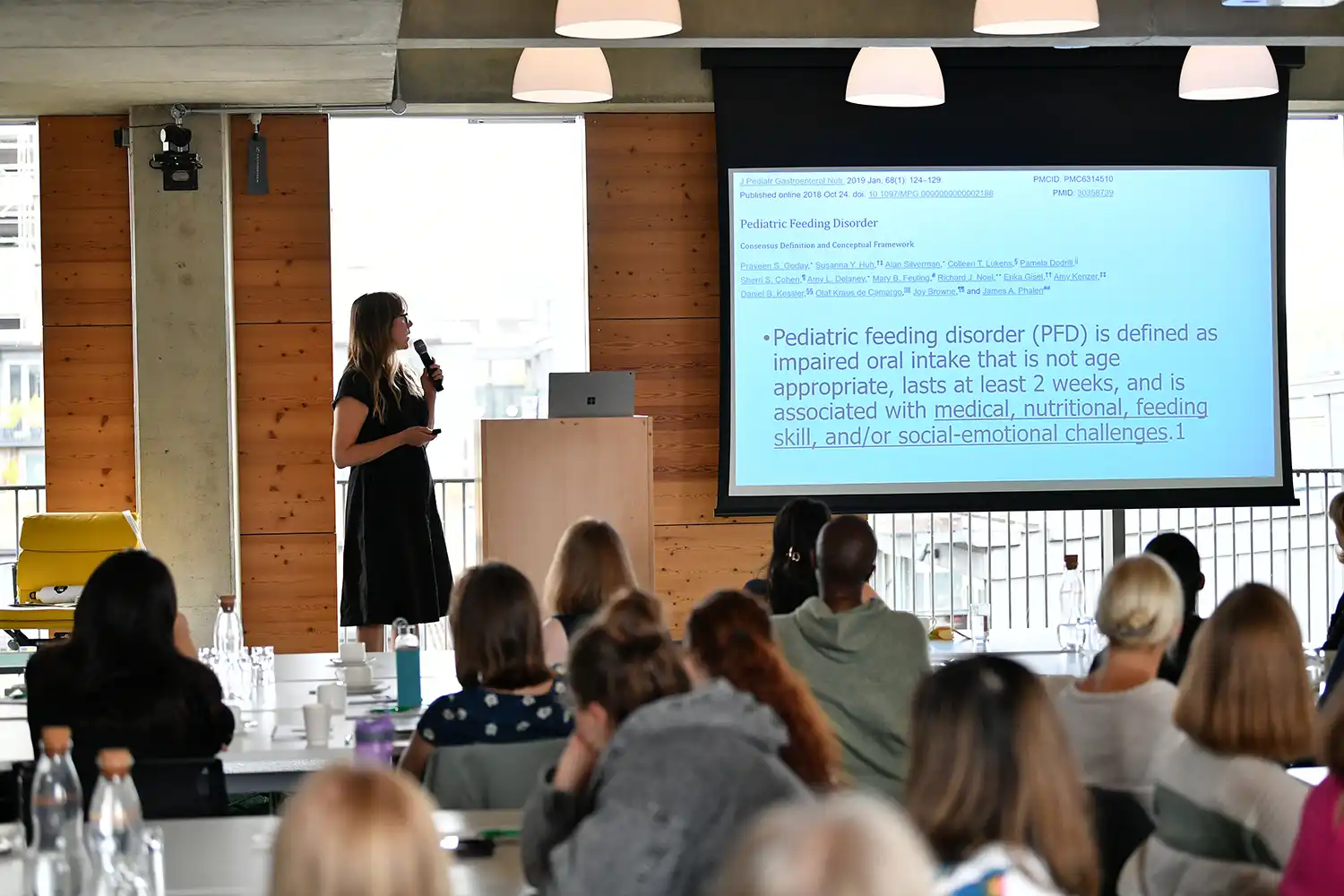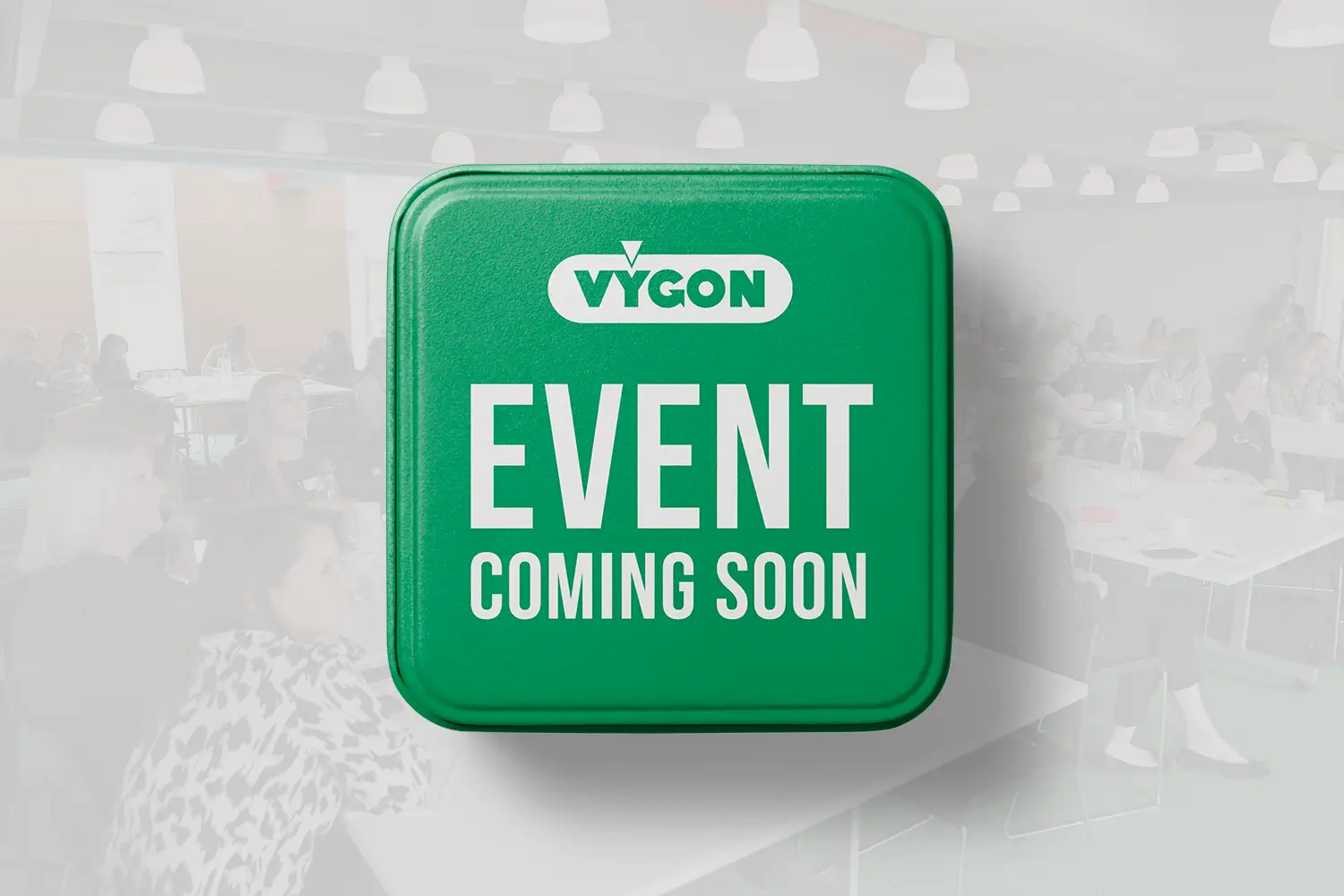Using the LISA Technique for Reducing Neonatal Intensive Care
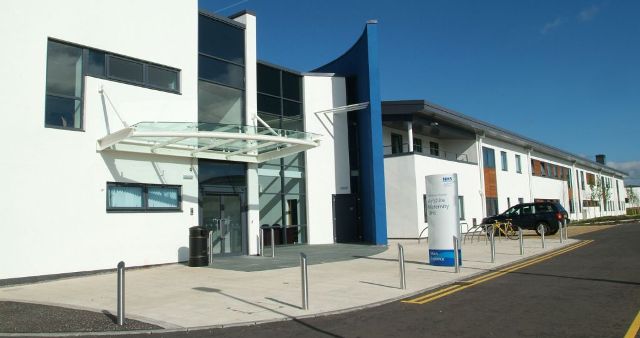
Utilising the LISA Technique in a local neonatal unit, for reducing neonatal intensive care
January 2022
Introducing the LISA technique to the Ayrshire Maternity unit has made significant improvements and reductions in the need for unnecessary intubation and transfer to neonatal intensive care units.
What is LISA?
LISA (Less invasive surfactant Administration) is a technique to deliver surfactant to patients with Respiratory Distress Syndrome (RDS), a leading cause of death in neonates. Studies show that RDS, a breathing disorder resulting from surfactant deficiency in under developed lungs ‘Is reported in about 90% of babies born at 24 weeks, and 80% of babies born at 28 weeks.’(1)
Historically, the strategy to manage RDS has been to intubate and administer surfactant, which therefore increases the risk factors of bronchopulmonary dysplasia (BPD).
Utilising the LISA technique has transformed the treatment of RDS, to avoid unnecessary intubation and airway obstruction, and ultimately reducing risk for BDP and the need for patient transfer to neonatal intensive care units.
Utilising the LISA Technique and Vygon Surfcath in Ayrshire Maternity Unit
The Ayrshire Maternity Unit, Scotland, started utilising the LISA technique in July 2018, with the objective of “…building upon the reasons why LISA had been implemented, analyse specific technique used, and the outcomes for the infants who received this treatment.”(Owens, C. Sunderesan, R, 2022)
The study and review was conducted over a two year period – July 2018-July 2020 of their own experiences in a local neonatal unit. As well as utilising an online survey to collect information on the practice of LISA in other neonatal units around the globe.
During the study, twenty-five infants received surfactant using the LISA technique. “The majority of infants were less than 34 weeks gestation, with an average weight of 1.58kg” (Owens, C. Sunderesan, R, 2022). For the procedure, the team utilised two devices, the LISAcath from Chiesi, and Surfcath from Vygon.
The study also highlights the use of sedation within the LISA technique and assessing levels of discomfort neonates. There is “…debate about the use of sedation during LISA, with practice varying between different units”, although Owens and Saunderson also summarise that ‘Presently, there is no consensus throughout the neonatal community in regard to use of sedation during LISA’.(2022). For this particular study, all the procedures in the Ayrshire Maternity Unit were performed without routine sedation.
To view the full details of the study, view the full article here.
Study Highlights
From the study, the team at Ayrshire Maternity Unit highlighted some important findings from their experience of utilising the LISA technique.
- “We found that there were fewer incidents of oxygen desaturations when infants remained on high flow during placement of the LISA catheter”
- “However, due to bulkiness, CPAP needed to be disconnected while placing the catheter”
- “…in the majority, the infants were comfortable during the procedure with stable observations”
- “LISA was successful in most cases, however, five infants required mechanical ventilation within 48 hours post-LISA”
- “In our experience, most infants coped well without sedation”.
- “use of a video laryngoscope has been invaluable while performing LISA technique and intubation…allows accurate placement of the catheter tip due to much improved visualisation of the vocal cords.”
- “The LISA technique offers a viable alternative administration of surfactant that can save many infants from the need for intubation and mechanical ventilation.”
All quotes taken from Owens, C.L, Sunderesan,R. (2022)
Conclusions
From the study and subsequent report, the team at Ayrshire Maternity unit conclude:
“We have accumulated a convincing case for the use of LISA over the two years that it was used in our department” and “By reducing the need for invasive ventilation, the LISA procedure diminishes the risk of preterm lung injury, with a consequent reduction in time spent in intensive care and in the neonatal unit overall”. (Owens, C. Sunderesan, R, 2022).
The team have concluded that they have safely and effectively introduced the LISA technique to their unit and is an important factor to the future planning of neonatal services and improving the care they provide to infants.
Follow the link below to read the full article:
Less invasive surfactant administration (LISA): experience from a local neonatal unit. Owens, C.L, Sundersan, R. Infant, 2022; 18(1): x-x
Surfcath: Further Information
Surfcath is a specially designed catheter to deliver life-saving surfactant to premature babies, available from Vygon. Utilising the LISA technique to deliver surfactant, Surfcath benefits from several features to ensure treatment is delivered safely, effectively, and more accurately.
They include:
- A soft, curved distal tip to gently follow the airway anatomy and minimise tracheal lesions and damage to the vocal cords
- A long, 20cm length to ease manipulation of the surfactant syringe away from the patient’s head. At 6Fr it is an ideal size for the smallest of babies.
- A transparent tube with clear markings to enable a visual check of the inserted length and surfactant delivery
- Surfcath’s semi-rigid, bendable properties ensure essential manoeuvrability. This means there is no need to use the Magill forceps for the LISA technique.
- Surfcath is a key part of Vygon’s ‘golden hour’ portfolio and was designed in partnership with a leading neonatologist to provide the best possible care for premature babies in the first few hours after birth. Find out more about Surfcath
References
- David G. Sweet et al. European Consensus Guidelines on the Management of Respiratory Distress Syndrome – 2019 Update https://nightingale.vtoxford.org/reports.aspx. Of the 8,156 babies from Europe for whom data were submitted to the Vermont Oxford Network during 2017, RDS was coded for about 80% of babies born at 28 weeks’ gestation increasing to 90% at 24 weeks’ gestation.
- Owens, C.L, Sunderesan, R. Less invasive surfactant administration (LISA): experience from a local neonatal unit. Infant 2022; 18(1): x-x.
Learn More
If you would like to speak to a Vygon representative regarding how our Neonatal products can support your Trust or to order a Surfcath sample, please complete the form below.

